Gran Canaria, a terrace to taste life
Gran Canaria is an open year-round terrace from north to south and from coast to summit overlooking the great variety of landscapes and natural environments on the island.
Just close your eyes for a moment and concentrate. This will intensify your feeling of relaxation and enhance the flavours. You will also be able to hear more clearly the faint sound of the waves kissing the sand of Las Canteras Beach. As you open your eyes again, you see the people getting in and out of the water while a group of seagulls sit on the peaceful surface of the blue Atlantic Ocean. Everything simply fits together perfectly in this moment of calm. You raise your glass again, as the sun rays of sunset pass through the glass and seem to multiply so that you can enjoy life one more day in any of the thousands of terraces located all around Gran Canaria, where there will always be a table reserved for you.
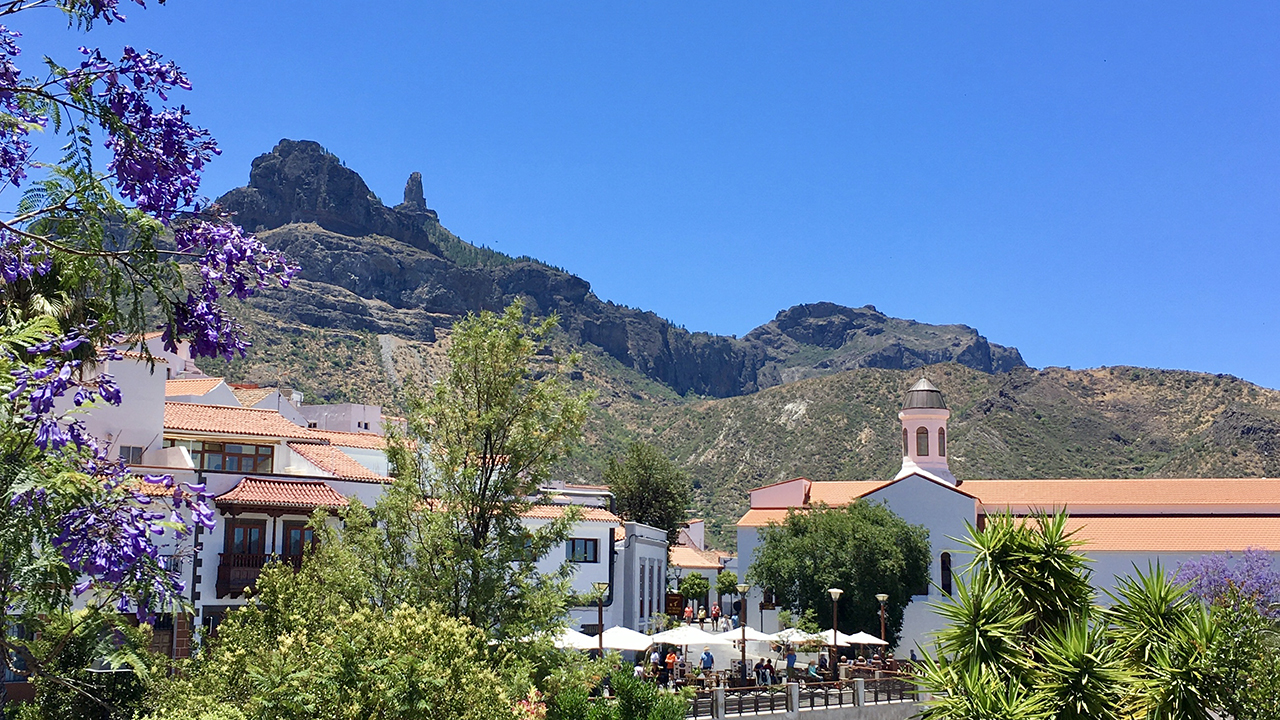
Gran Canaria is an open year-round terrace from north to south and from coast to summit overlooking the great variety of landscapes and natural environments on the island. In addition, such an environmental diversity results in a varied cuisine across the island, which can be best appreciated in the places where it is made, that is, at the quayside or near the paths along which transhumant sheep also pass in search of pasture.
In fact, going from terrace to terrace is one of the most attractive ways of discovering or rediscovering the geography and ways of life of the different regions of this island territory. Our tour follows a spiral path of sensations which starts, for example, in the capital city, Las Palmas de Gran Canaria, on the privileged balcony overlooking the sea at Las Canteras, where you will find a wide variety of options that perfectly sum up the cosmopolitan nature of this city, which always welcomes visitors with a smile.
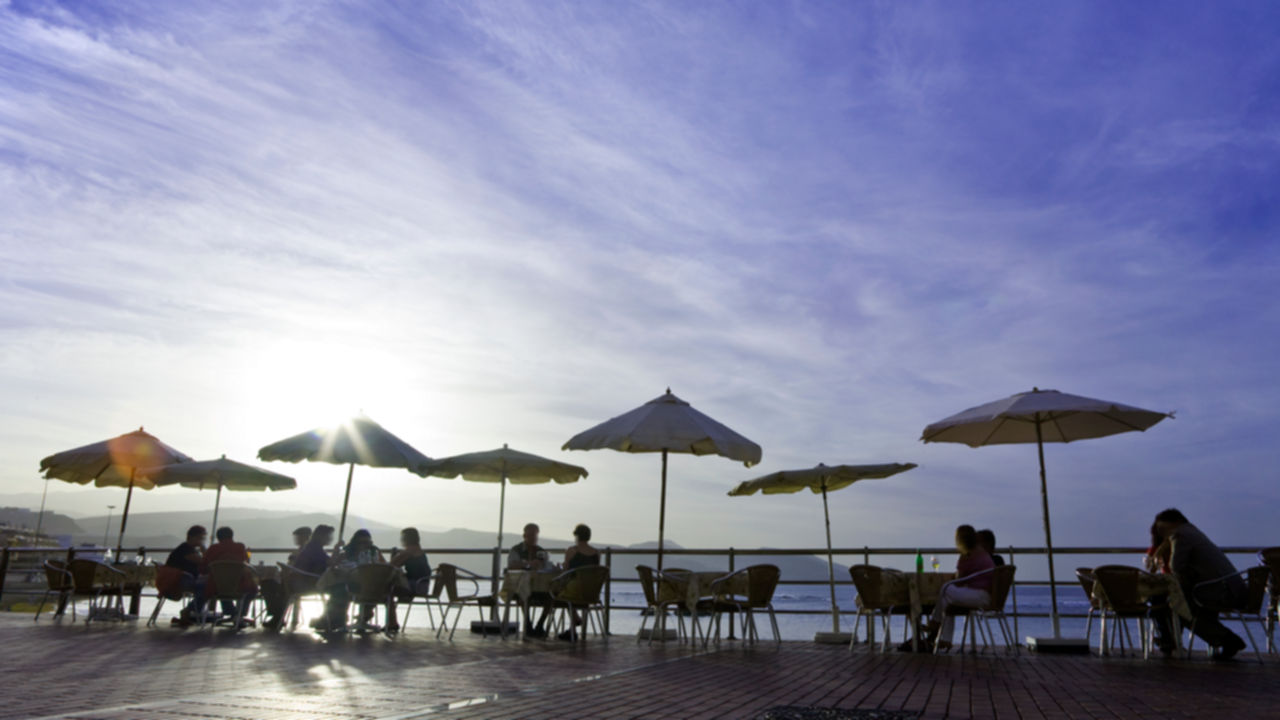
Delicate marine, Nordic and Japanese aromas come from an unexpected and harmonious iron structure, the Mercado del Puerto - the Port Market, built in 1891 by French technicians from the same company that built the Eiffel Tower-, resulting in a symphony of flavour mixed with notes of the local cuisine. And there is also the Muelle Deportivo, the marina, whose premises offer safe berthing for all those who sail through this journey of flavour. Like stranded mermaids singing their song by the sea, the colourful houses in the fishing quarter of San Cristóbal are also home to the seafaring spirit and in their terraces, good times dock perpetually.
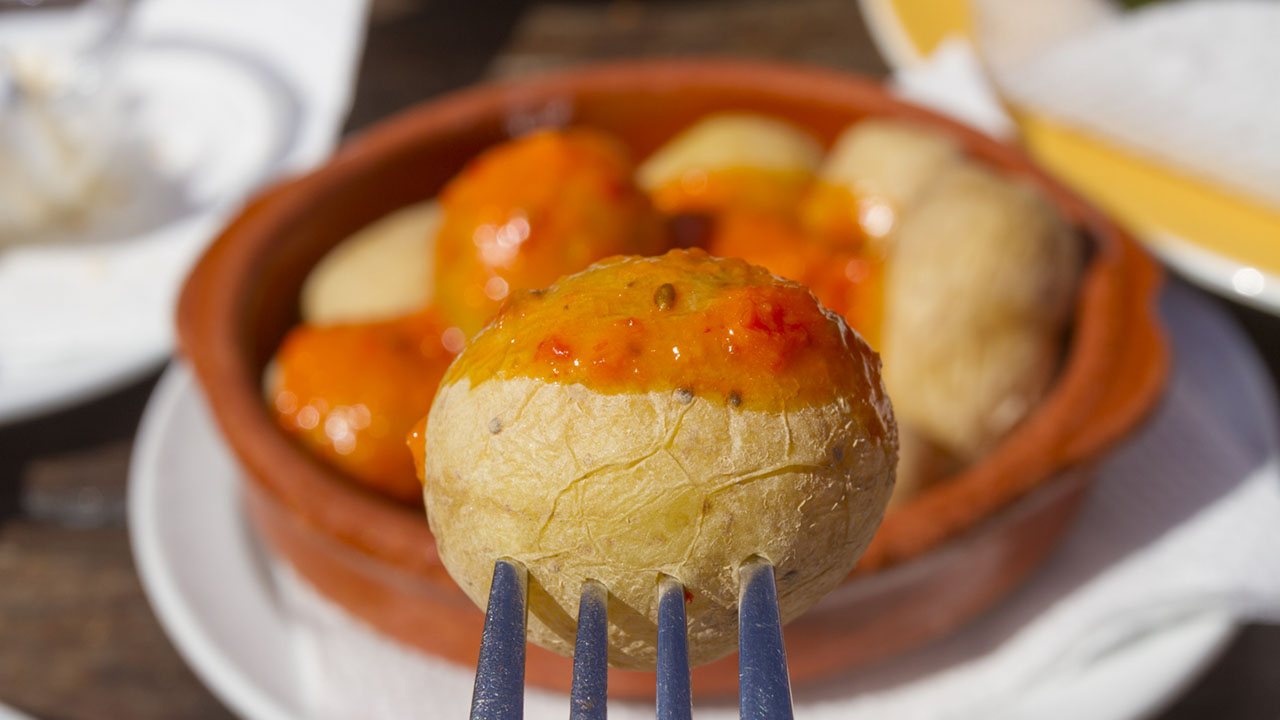
Can you hear it? It is the swell of history. More precisely, it is the whisper of the more than five centuries that have passed through the cobbled streets of Vegueta, the old town district of the capital city of Las Palmas. These arteries through which time flows branch out from the Plaza de Santa Ana, offering a wide range of spaces where one can sit: right next to the walls of the Cathedral, at the market, in the shade of a tree or next to stately homes. The stones in this place speak the language of silence. Close by, the Triana shopping area is the perfect place to enjoy an ice cream, a cup of coffee, a Spanish tapa or a glass of local wine outdoors to round off a day of shopping.
Now, it is Neptune who waits at tables on the terraces overlooking the beaches of La Garita or Melenara, where he stands looking strong and proud in the statue erected in his honour. In fact, one might think that he himself designed the menus of the restaurants in these two charming corners of the South East coast.
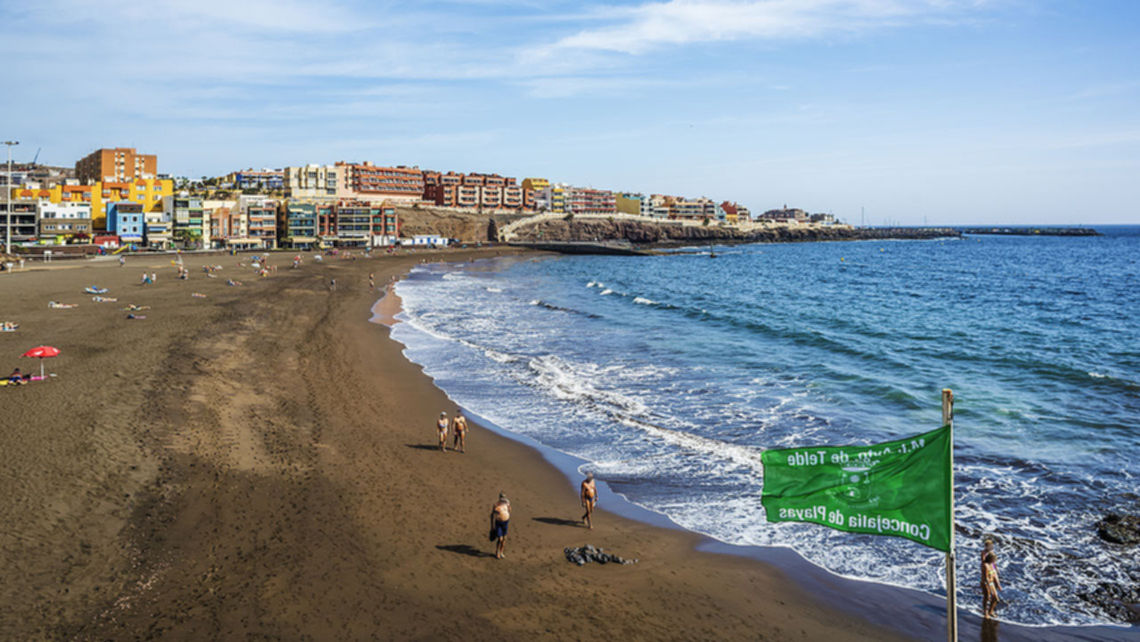
The same is true for El Burrero in Ingenio, a place where you can recharge your batteries and let your imagination take you back centuries, to when a corsair corvette presumably sank in its waters. In the coastal village of Arinaga, you can enjoy some fresh fish while watching the comings and goings of small fishing boats, the sculpture of an old fisherman on the stone quay or that of a child catching octopuses. Reality and its artistic reflection are also part of the recipe book of Gran Canaria.
Now our terrace faces south in San Agustín, Playa del Inglés and Maspalomas, places where the main course includes an almost perennial sun, as is the case in Arguineguín, Puerto Rico or Puerto de Mogán.
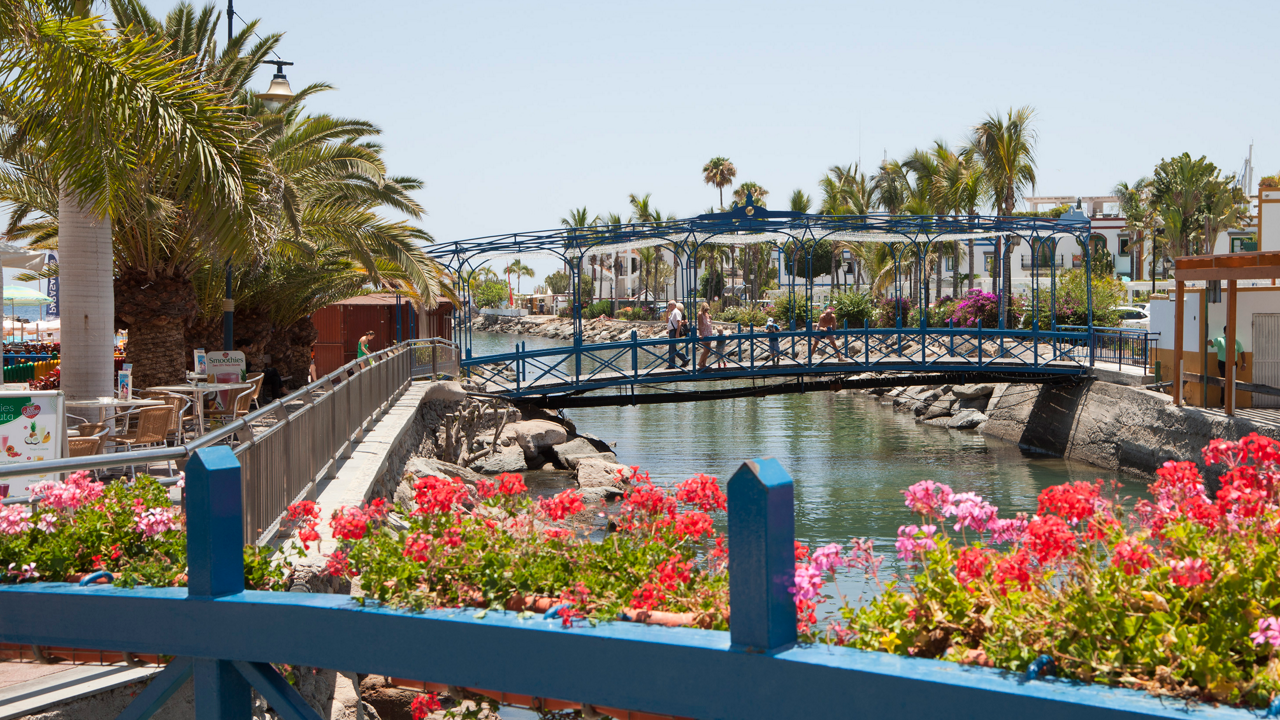
Our tour of Gran Canaria from terrace to terrace includes a must-stop in the municipality of La Aldea de San Nicolás, known as the island within the island, embedded as it is between mountains that protect a whole world of wetlands, the remains of indigenous populations and even old abandoned rum factories.
If we continue north to another terrace, the coastal ring comes to an end in Agaete, in Sardina de Gáldar, San Andrés, El Puertillo or Bañaderos, places that always leave a pleasant taste of lava and sea salt on the palate of memory.
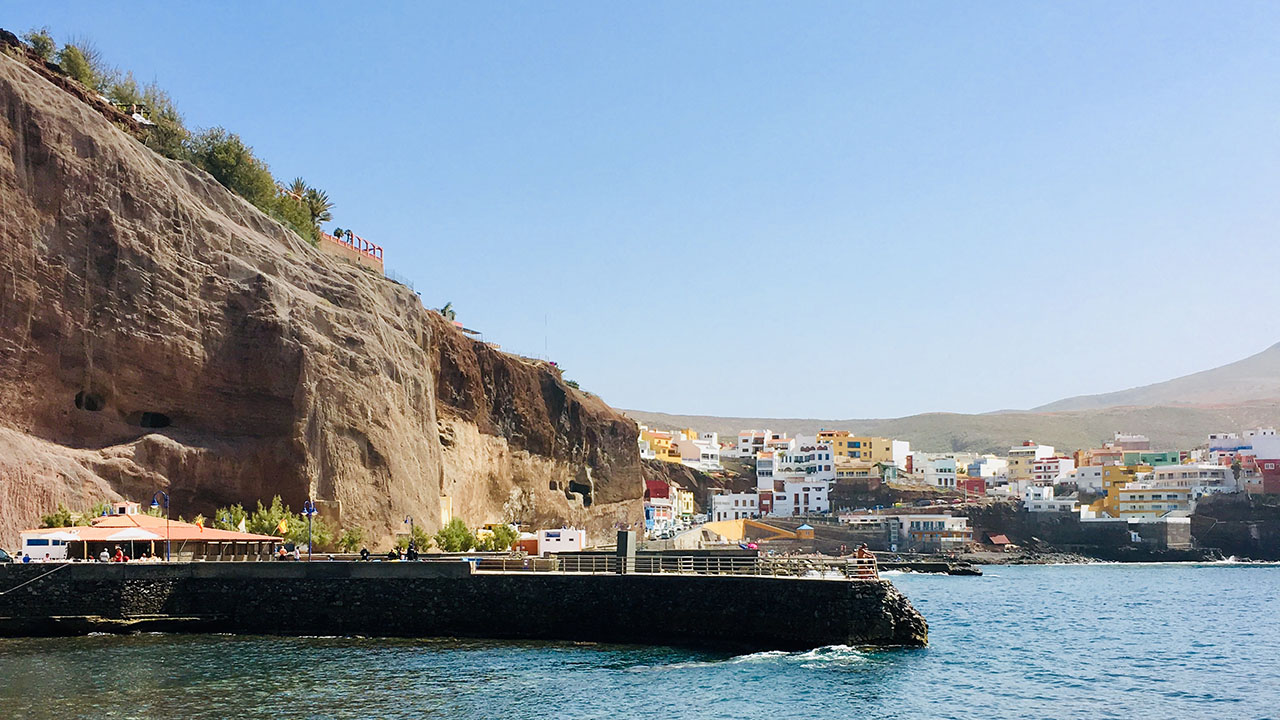
Then, the spiral path starts ascending, taking us to the inner areas of the island of Gran Canaria. It leads to the Plaza de Santiago in the town of Gáldar, a square surrounded by terraces which quite literally sit on top of history, as the ground under the city still bear overlapping traces of several civilizations, from pre-Hispanic societies to modern times.
From this point, the essence of Gran Canaria emerges. Each cheese platter served on a table in Guía has travelled as many kilometres as the sheep from whose milk it was made. In Arucas, sitting at the table, you will be able to see banana plantations, the four towers of the Church of San Juan Bautista or, in some places, the old chimney of the rum distillery. In Firgas, table conversation flows like water flowing from its springs, and in Santa Brigida, the oldest vines and the first origin wines on the island have their roots.
In Teror, terraces seem to be embedded in the alleyways or in the square facing the Basilica of the Virgen del Pino, patroness of the island. The same can be said of Valsequillo, whose church is dedicated to Saint Michael the Archangel.
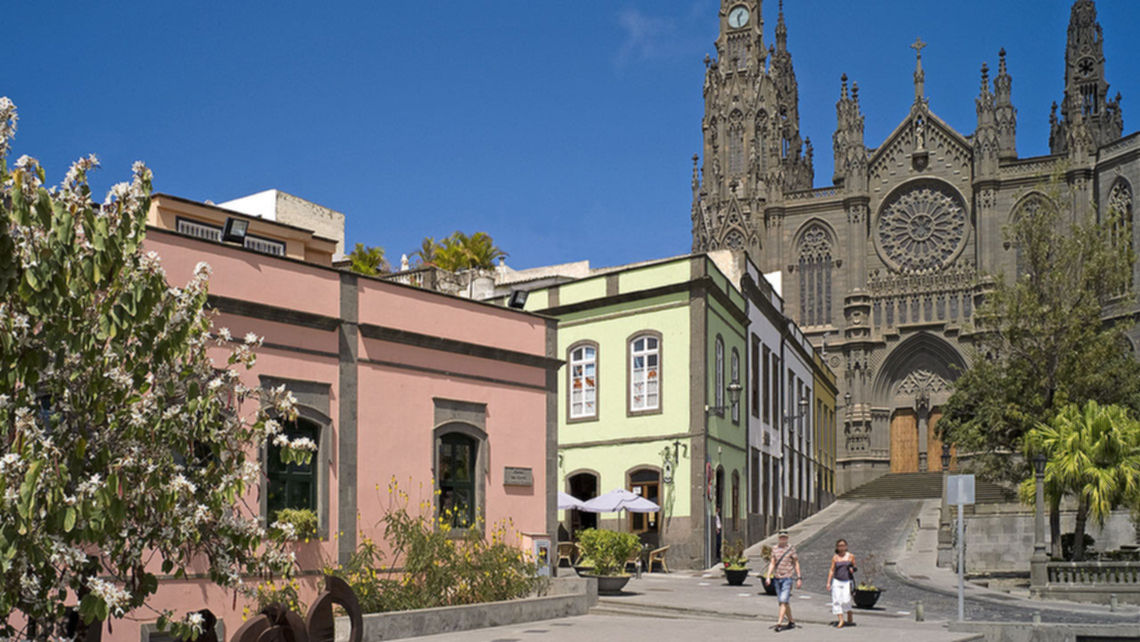
In Valleseco, you will have the opportunity of tasting some of the local ciders made right there in the municipality before finally ascending to the heights from San Mateo, to touch the sky in Artenara and Tejeda, where terraces become lookout points to discover flavours as deep as the volcano-cooked ravines, and their subsequent collapse and erosion, which are the tools used by Nature over millions of years to carve one of the most striking landscapes of the Canary Islands. Important notice: the night-time visual entertainment includes stargazing.
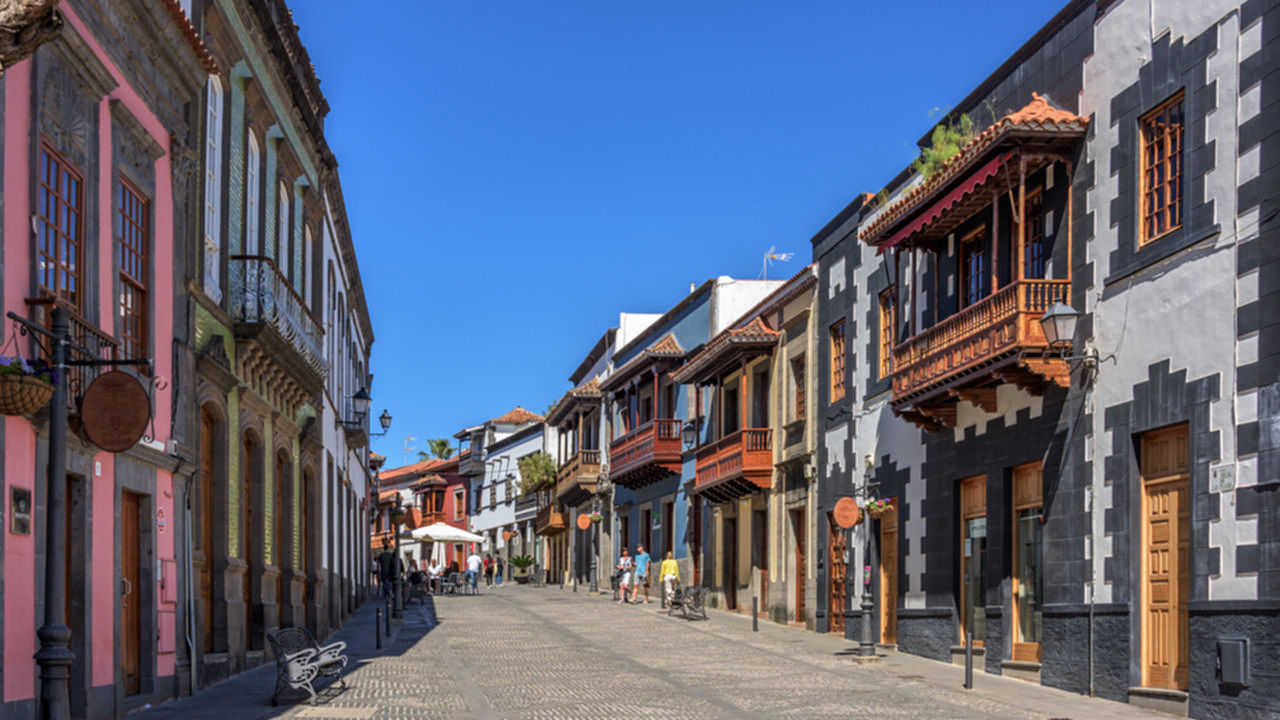
The inland part of our particular route through the terraces of Gran Canaria includes establishments overlooking the palm groves in Mogán, Tunte or Santa Lucía. From there, Gran Canaria’s long, circular Atlantic terrace heads southeast and offers visitors a table at the entrance to the caves in the ravine of Guayadeque, near oil mills and bread bakeries in Agüimes or Ingenio, or in the neighbourhoods of San Juan or San Gregorio in Telde.
All of this happens just before reaching the statue of Triton blowing a conch shell to announce that we have arrived in the capital city and at the end of this tour, which truth be told, begins and ends at any time, on any day and in any place.

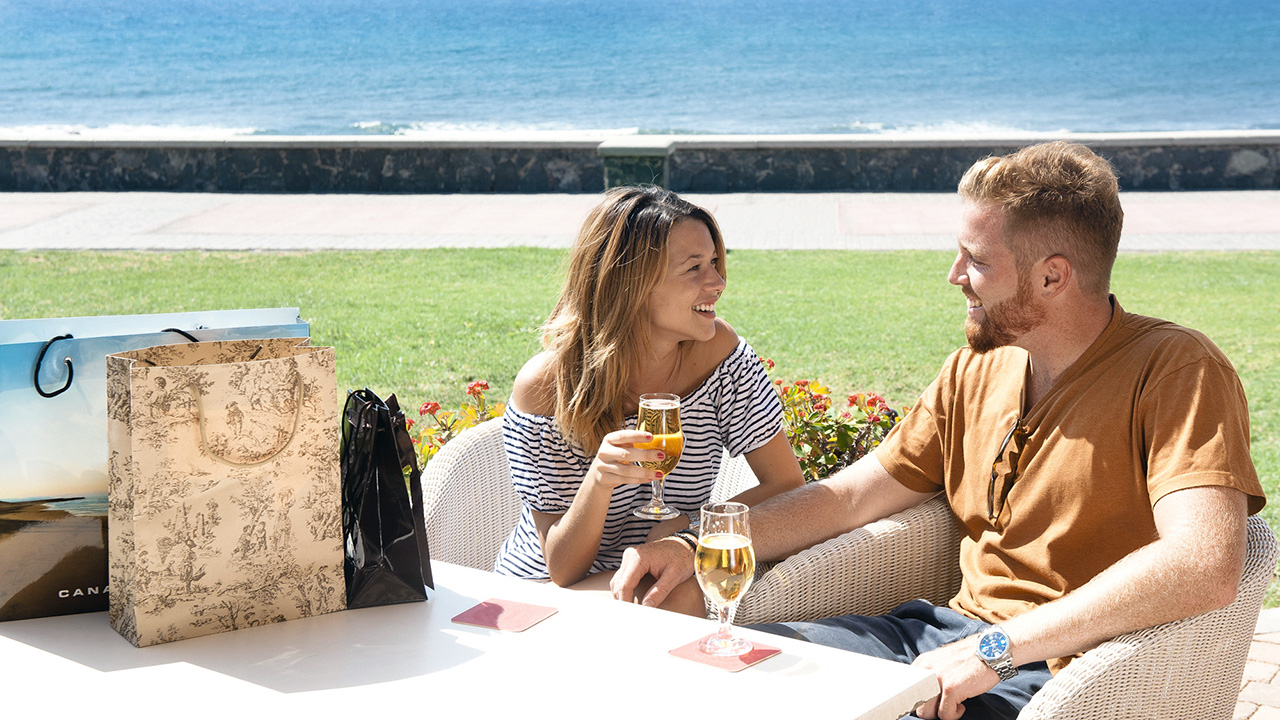
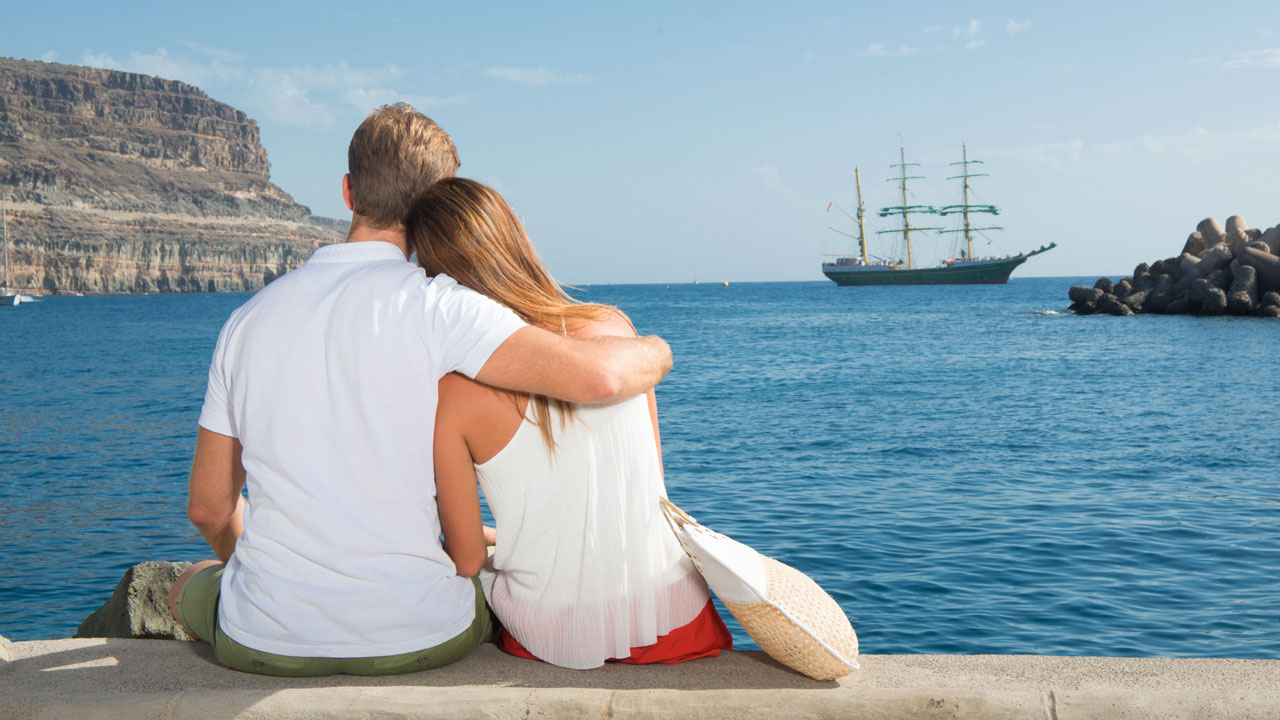

Comments are disabled for this post.